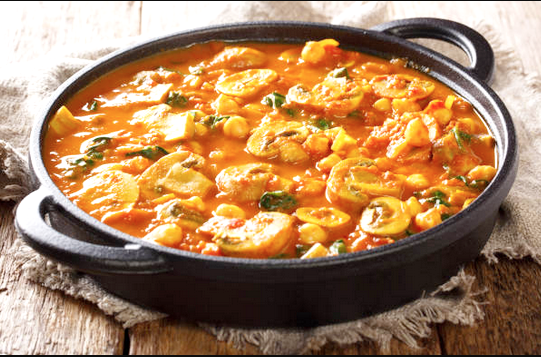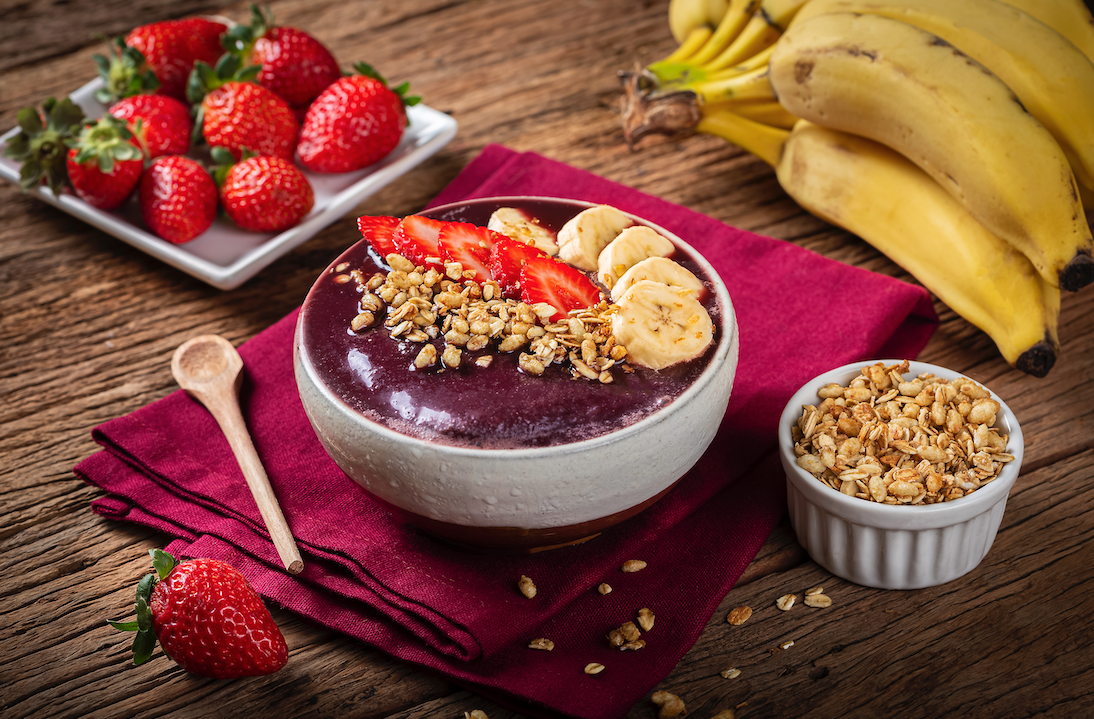
Turmeric
Tumeric has been used for over 2500 years in India, where it was most likely first used as a dye. Recent research has revealed that turmeric is a natural wonder, proving beneficial in the treatment of many different health conditions from cancer to Alzheimer's disease. An ointment based on spice is used as an antiseptic in India.
The most active compound in Turmeric, curcumin, have many scientifically proven health benefits.
Usage
Turmeric can significantly lower blood sugar, as well as iron absorption, so it should be used with caution in diabetes and anemia.
Overal Health
Parsley is rich in antioxidants and may lower your risk of some cancers, heart disease and type 2 diabetes.
Good for bones
It supports bone health and helps build stronger bones.
Eyes
Carotenoids in parsley protects eyes and promotes eye vision.

Ancient Herbal Therapy
The medicinal properties of this spice have been slowly revealing themselves over the centuries.
Turmeric water is an Asian cosmetic applied to impart a golden glow to the complexion. In Unani medicine, turmeric has been used for conditions such as liver obstruction and jaundice and has been applied externally for ulcers and inflammation. Roasted turmeric has been used as an ingredient of a preparation used for dysentery.
Turmeric has also been used in tooth powder or paste. Turmeric has been used for many conditions in traditional medicine in India, Pakistan, and Bangladesh.
The rhizome is generally the part of the plant that is most widely used. It can be prepared in various ways and is reputed to alleviate asthma and coughs. Hot water extracts of the dried rhizome have been taken orally in Ayurvedic practice.
How to turmeric to your diet?
In a meal
Turmeric is often used in meals, but unfortunately the spice itself does not have that high concentration of it’s most valuable ingredient which is curcumin.
Make a tea
Turmeric tea has earthy flavor, and currently no evidence that turmeric tea has the same effect as turmeric supplements.
As a Supplement
Available in capsules, the supplements have turmeric extracts that contain mostly curcumin.
In India, at the time of the wedding, turmeric paste is applied over the bride and grooms body, mainly face and arms, to improve skin complexion.
Turmeric often contains cheap starch to increase the amount of powder.
These fillers are not on the labels, so you should buy turmeric from reputable manufacturers.
Consuming turmeric spice is not as beneficial as taking it as a supplement.
Fun Facts
Turmeric paste is a home remedy for sunburn.
About
Several studies have shown that turmeric can reduce the negative impact of oxidized vegetable oils (which are found in processed food). Curcumin has attracted scientific attention as a potential therapeutic agent for diabetes and to improve the long-term complications that result from diabetes. Primarily because animal testing models have shown an effective reduction in blood glucose and blood cholesterol levels. Recent research has confirmed the important role of "traditional" curcumin in the prevention and treatment of diabetes and diabetes-related disorders. This ingredient can have a beneficial effect on insulin resistance, hyperglycemia, and hyperlipidemia because it is able to alleviate inflammatory reactions that occur during diabetes and metabolic syndrome.
Science
Supplementation with this chemical in the prediabetic population for nine months showed the ability to preserve pancreatic function and improve insulin sensitivity and adiponectin (a protein involved in regulating glucose levels) compared with the control group. In this study, this important ingredient was able to prevent any occurrence of diabetes during the study period (while 16.4% of control participants developed diabetes).
Several studies have shown that turmeric can reduce the negative impact of oxidized vegetable oils (which are found in processed food). Curcumin has attracted scientific attention as a potential therapeutic agent for diabetes and to improve the long-term complications that result from diabetes. Primarily because animal testing models have shown an effective reduction in blood glucose and blood cholesterol levels. Recent research has confirmed the important role of "traditional" curcumin in the prevention and treatment of diabetes and diabetes-related disorders. This ingredient can have a beneficial effect on insulin resistance, hyperglycemia, and hyperlipidemia because it is able to alleviate inflammatory reactions that occur during diabetes and metabolic syndrome.
Supplementation with this chemical in the prediabetic population for nine months showed the ability to preserve pancreatic function and improve insulin sensitivity and adiponectin (a protein involved in regulating glucose levels) compared with the control group. In this study, this important ingredient was able to prevent any occurrence of diabetes during the study period (while 16.4% of control participants developed diabetes).
Safety
There are no official recommendations on how much turmeric one should ingest during the day, but the general recommendation is not to exceed the quantity of 3 mg per kilogram of turmeric body weight per day.
It should be noted that turmeric often contains cheap starch to increase the amount of powder. These fillers are not on the labels, so you should buy turmeric from reputable manufacturers.
Pregnant women should not use large amounts of turmeric because it can stimulate childbirth. A little turmeric as a spice in food is not a problem.
Sources
Nagpal, M., & Sood, S. (2013). Role of curcumin in systemic and oral health: An overview. Journal of natural science, biology, and medicine, 4(1), 3.
Araujo, C. A. C., & Leon, L. L. (2001). Biological activities of Curcuma longa L. Memórias do Instituto Oswaldo Cruz, 96, 723-728.
Rahaman, M., Rakib, A., Mitra, S., Tareq, A. M., Emran, T. B., Shahid-Ud-Daula, A. F. M., ... & Simal-Gandara, J. (2021). The genus curcuma and inflammation: Overview of the pharmacological perspectives. Plants, 10(1), 63.



